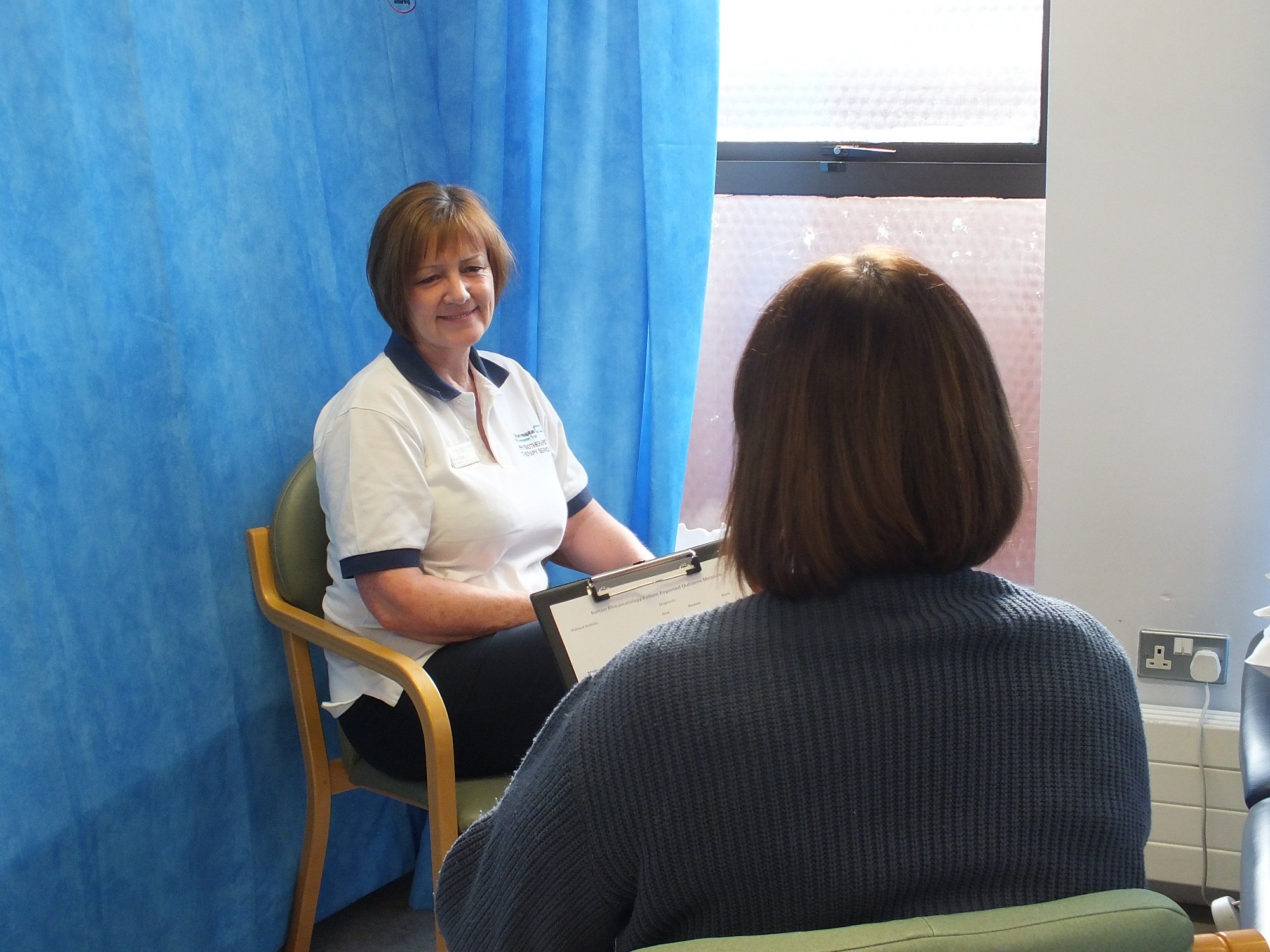Queen’s Hospital Rheumatology Consultant, Dr Mohamed Nisar, explained: “When patients have surgery it is easy to assess the result as they recover. Similarly, the progress of patients with common medical problems like diabetes can be monitored through blood pressure readings and blood glucose tests – but there is no formal, structured way of assessing the impact of conditions like rheumatoid arthritis on patients or their response to treatment. “Arthritis can seem like a lifelong sentence, and until now there has been no sense of where the patient is on their journey.”
But all that has changed at Queen’s thanks to the innovative thinking of Dr Nisar, and senior physiotherapist, Allison Dean. Together they have devised a simple, but effective visual tool that enables patients to convey how they are doing.
Allison explained: “It all started with the patients. We talked extensively to them about how the really important things in th
 eir life are affected by their arthritis. This has led us to devise questions clustered around three themes exploring the impact of disease on emotional, physical and functional well-being.
eir life are affected by their arthritis. This has led us to devise questions clustered around three themes exploring the impact of disease on emotional, physical and functional well-being.There are just four questions in each section making a total of 12; patients are asked to mark on a 0-10 scale their response to that question. For example, they rate how tired they have felt over the past week from 0 (not tired at all) to 10 (the worst tiredness imaginable).
Patients are given a form to complete at their first appointment before any treatment and the answers are entered into a database. The simple form can be repeated at intervals to plot the patient’s progress with treatment or on change of circumstance.
National initiatives were launched 18 months ago to look for a way of charting patients’ improvement or deterioration in musculoskeletal diseases – but the team at Burton believes its tool is quicker, simpler and more sensitive than other outcome measurement devices under development elsewhere. “This is just the start,” said Dr Nisar. “We are now looking for academic support and sponsorship to continue to develop and validate the tool. Our plan is to develop the tool to provide a composite score that could be used over time to provide a 3D assessment of patients’ status while undergoing therapies and drug treatments in a variety of conditions. The score generated can be collected and monitored electronically on tablets and smart phones so the potential value for the caring specialist team is huge”
Allison said: “Every time you use the tool it stands alone with both the patient and the clinicians getting useful information from it. For the patient it helps them focus on where their disease hits them hardest – which is often the first step in setting goals to overcome the issues. Some patients have said it is initially an eye-opener and the results surprise them – it starts to give them back control and help them breakdown the issues and empowers them to work in partnership with us on what matters most to them.
For the consultants, like Dr Nisar, the tool provides information that helps them identify specific issues and provide more targeted treatment. Our outcome tool has been more valuable than expected when we started on this journey and we are excited to continue to develop it and help patients in the future locally and beyond.

